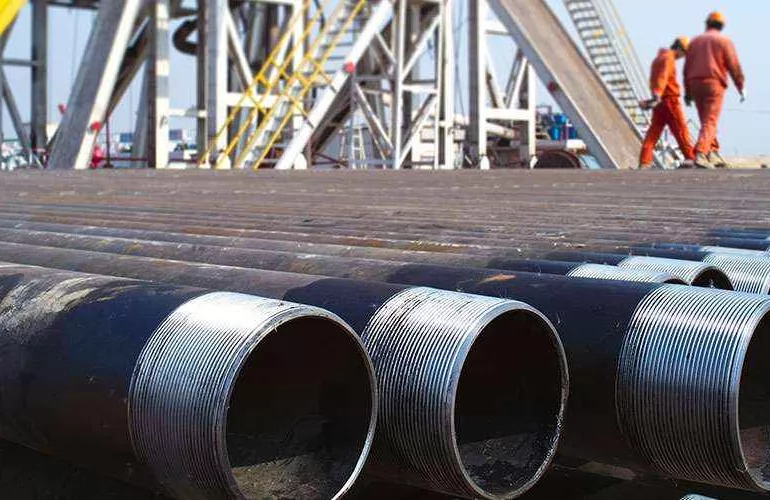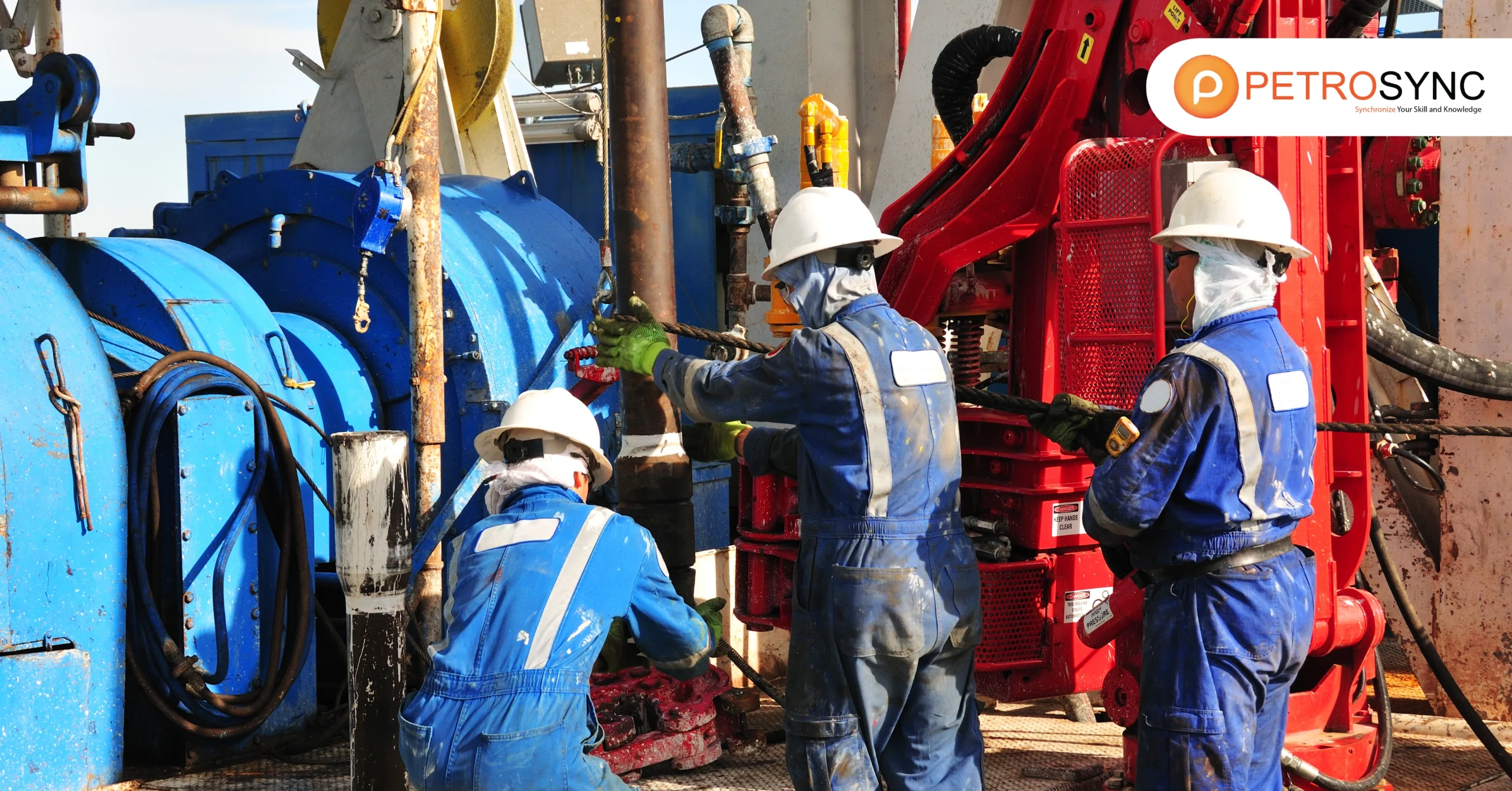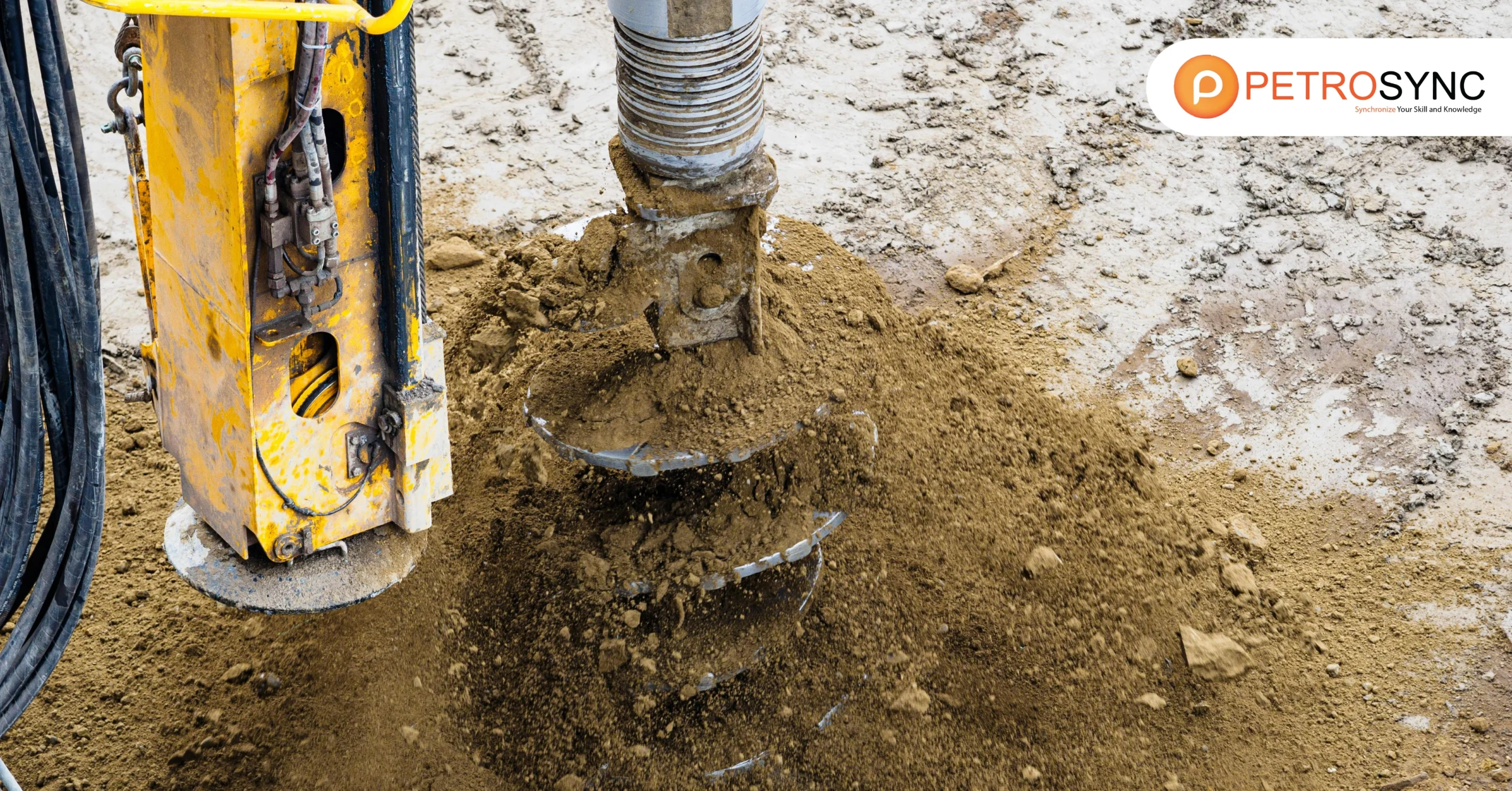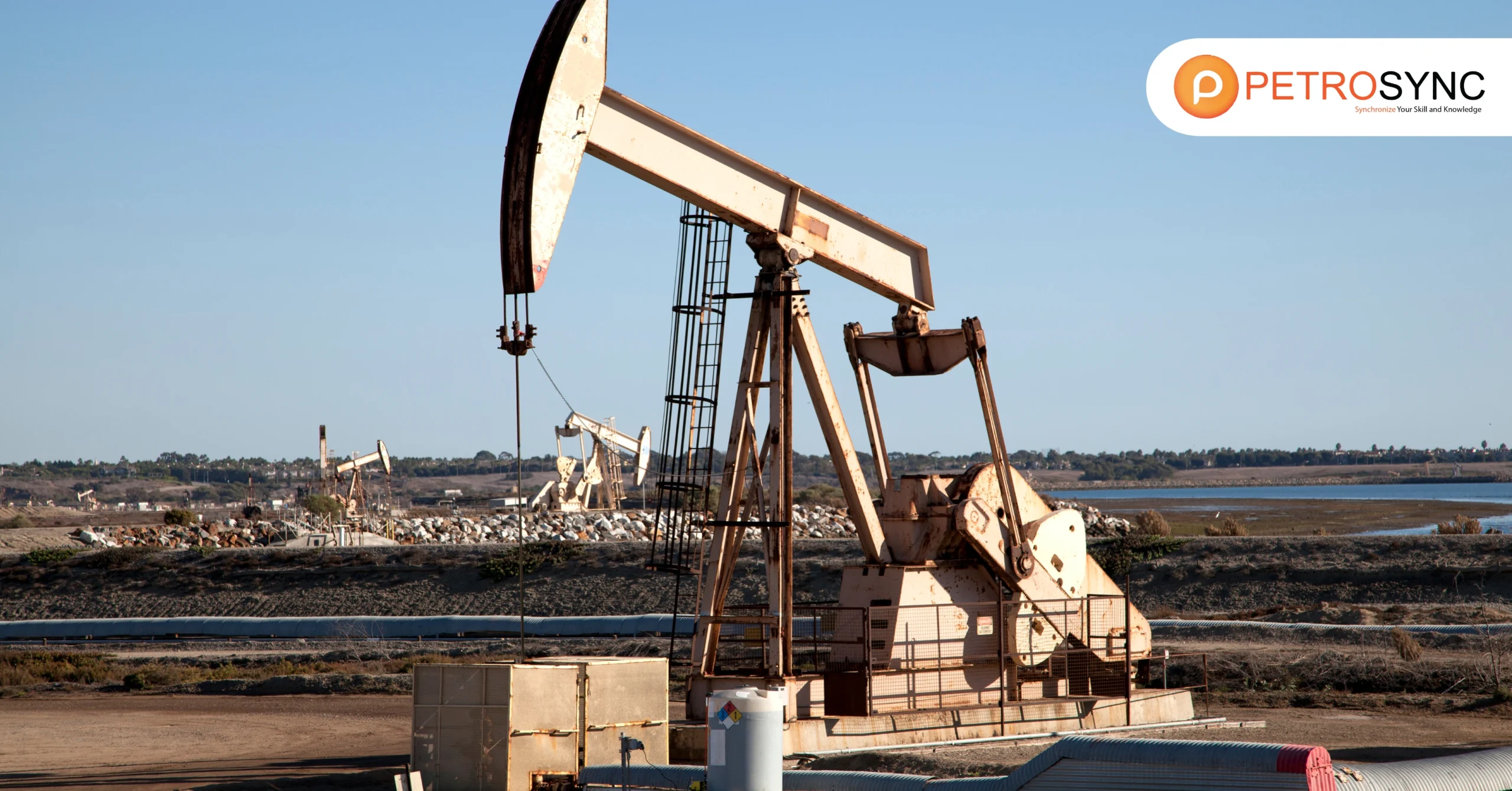Preventing stuck pipes is essential for safe and efficient drilling operations in the oil and gas industry. Drilling engineers, at all times, are encouraged to minimize the risk of costly delays and accidents while improving their chances of success in completing drilling operations within budget and schedule. In this article, we discuss what is the exact definition of a stuck pipe, the causal factors, as well as the preventive action that can be taken to avoid a stuck pipe.
What Is A Stuck Pipe in Drilling Activity?
Stuck pipe refers to a situation where the drill string gets stuck and can’t move up, down, or twist. It’s costly because it often stops all drilling work until the pipe is freed. Stuck pipe occurs when a section of the drill pipe can’t be turned or moved vertically.
Stuck pipe prevention is a crucial aspect of drilling operations that involves taking measures to prevent the drill string from getting stuck in the wellbore. It is an essential part of drilling operations because a stuck pipe can result in significant downtime and safety hazards that cost the oil and gas sector millions of dollars.
The primary goal of stuck pipe prevention is to identify and mitigate potential causes of a stuck pipe. These causes can include issues like hole instability, tight hole, mechanical sticking, and wellbore geometry.
Stuck pipe prevention can be done by taking simple measures like identifying formations with potential issues by analyzing nearby well analysis, maintaining drilling parameters to ensure effective hole cleaning and prevent wellbore irregularities, and designing a well trajectory with minimal doglegs.
Proper well completion techniques and the use of coiled tubing can also help prevent the occurrence of stuck pipe incidents by ensuring that the wellbore is free of obstructions and properly supported. Additionally, training personnel on proper stuck pipe prevention and response procedures are also important to minimize the risk of incidents and ensure safe and efficient drilling operations.
What Are The Factors Causing Stuck Pipe?
Several triggers are causing stuck piping, such as wellbore instability, differential sticking, mud weight, drilling fluid properties, and drill string design.
1. Keyseating
Keyseating is a machining technique that involves slicing slots on metal surfaces to fit keys or other components. When used in pipe drilling, keyseating can lead to the drill string getting stuck in the borehole. This happens when the cuttings produced by the process accumulate around the drill string and block its movement.
2. Packoff from Poor Hole-Cleaning
When the drilling fluid is unable to effectively remove the cuttings from the borehole, it can result in an accident known as packoff. The cuttings accumulate and pack tightly around the drill pipe, making it difficult to move the pipe up and down.
Poor hole-cleaning often results in the accumulation of cuttings in the annulus, reducing the effective diameter of the hole and increasing frictional forces on the drill pipe. As the cuttings pack more tightly around the drill pipe, the frictional forces increase, risking the pipe getting stuck in the hole.
3. Shale Swelling
Shale swelling occurs when water-based drilling fluids are absorbed by shale rock formations, causing the rock particles to expand and exert increased pressure on the drill string.
The pressure can trap or immobilize the drill string in the borehole, disturbing further drilling operations. As the shale rock absorbs the drilling fluids, it can release small particles that can clog the annulus and hinder the movement of the drill string.
4. Wellbore Collapse
Wellbore collapse is a potential issue that can arise when the rock formation surrounding the wellbore is unable to support the weight of the overlying rock, or when drilling fluid pressures are not maintained appropriately. If the wellbore collapses, drilling fluid and cuttings can enter the collapsed zone, leading to an increase in pressure that can cause the pipe to become stuck.
5. Plastic-Flowing Formation (i.e., salt)
Pipe sticking during drilling operations can occur due to a plastic-flowing formation, which is a common problem encountered when drilling through soft or unconsolidated formations.
The weight of the drill string and the pressure from the drilling fluid can cause the formation to deform and flow around the drill string, resulting in a condition known as differential sticking. In this situation, the drill string becomes stuck in the borehole due to the pressure imbalance between the inside and outside of the pipe.
6. Bridging
Bridging is a common problem that can occur during drilling operations. It happens when the cuttings, mud solids, or other debris from drilling operations accumulate in the annular space around the drill string, forming a bridge-like structure. This structure then traps the drill string and causes it to become stuck in the wellbore.
When bridging occurs, the drilling mud cannot circulate properly, leading to a reduced carrying capacity and creating a favorable environment for the formation of a bridge. If there is a situation of stuck pipe during drilling or well completion, it can lead to expensive delays and harm the wellbore.
To avoid further problems, a fishing operation is commonly needed to retrieve the stuck pipe. This operation involves the use of specialized tools and techniques to eliminate the obstruction and bring the wellbore back to its intended state.
How To Identify the Stuck Pipe Mechanism?
Diagnosing the specific stuck pipe mechanism is essential for developing an effective recovery strategy. The Stuck-Pipe Calculator plays a pivotal role in this process, as it identifies the mechanism by assessing various parameters, including:
1. Pipe Motion at the Moment of Stuck Pipe (Up/Down/Static)
- Up: This means the drill pipe was moving upward when it got stuck.
- Down: The drill pipe was moving downward when it got stuck.
- Static: The drill pipe wasn’t moving at all; it was stationary when it got stuck. Understanding this helps determine the initial condition of the stuck pipe.
2. Pipe Motion after Stuck Pipe (Free/Restricted/Impossible)
- Free: After the pipe gets stuck, it can still move up or down relatively easily.
- Restricted: The pipe is stuck, but it can move slightly, though with difficulty.
- Impossible: Once stuck, the pipe cannot move at all in any direction. Knowing this helps assess the severity of the situation.
3. Pipe Rotation after Stuck Pipe (Free/Restricted/Impossible)
- Free: Even though the pipe is stuck, it can still rotate or twist.
- Restricted: Rotation is possible, but it’s hindered and challenging.
- Impossible: The pipe cannot rotate whatsoever after becoming stuck. Understanding this helps determine the level of movement the pipe retains.
4. Circulation after Stuck Pipe (Free/Restricted/Impossible)
- Free: Circulating drilling fluids (like mud) through the pipe is not obstructed, and it flows normally.
- Restricted: While circulation is possible, it’s not smooth, and there might be obstructions or difficulties in the flow.
- Impossible: Circulation is entirely blocked, and fluids cannot flow through the pipe. Recognizing this is crucial for assessing whether the pipe is completely blocked or partially obstructed.
These assessments help you understand the nature and severity of a stuck pipe incident, which in turn informs the strategies and tools needed to resolve the issue effectively.
How To Prevent Stuck Pipe?
Preventing stuck pipes is crucial to ensure a safe and efficient drilling operation in the oil and gas industry. There are things that drilling crews can keep track of as preventive measures for stuck pipes incidents.
1. Increases in Torque and Drag
Keeping track of increases in torque and drag can help prevent stuck pipes by providing early warning signs of potential issues. When drilling a well, the drill string encounters various formations with different hardness and properties. These formations can cause the drill string to stick, which can lead to a stuck pipe.
By monitoring the torque and drag during drilling operations, drilling engineers can identify when the drill string encounters a harder formation, which causes an increase in torque and drags.
2. Excessive Cuttings Loading
By monitoring the rate of cuttings removal and the number of cuttings produced, drilling engineers can detect excessive cuttings loading and take necessary steps to prevent the drill string from sticking. These measures may include adjusting the drilling parameters, such as the weight on the bit, drilling fluid flow rate, and pump pressure, to decrease the cuttings loading.
3. Tight Spots While Tripping
Observing tight spots while tripping enables the drilling crew to detect possible problem areas before they escalate, providing them with an opportunity to take remedial measures to prevent the pipe from getting stuck.
4. Loss of Circulation While Drilling
To prevent stuck pipes during drilling, it is important to check for loss of circulation. This can be done by monitoring drilling fluid pressure and flow rate, and using wellbore imaging tools to identify potential instability in the formation. Adjusting drilling parameters when loss of circulation is detected can prevent the situation from getting worse.
Once the pipe gets stuck during drilling operations, there are several possible courses of action that can be taken. The first step is to assess the situation and determine the cause of the pipe sticking. Depending on the nature of the problem, various techniques can be employed to free the stuck pipe, such as jarring, backoff, or chemical treatments.
To do stuck pipes prevention, measures such as using the correct drilling fluid properties, following good drilling practices, regularly analyzing borehole stability, monitoring drilling parameters, and implementing effective wellbore treatment procedures are taken.
PetroSync designs Stuck Pipe Prevention and Fishing Operations training course to provide a comprehensive overview of stuck pipe problems, including prevention strategies and pipe fishing operations for when problems occur. By preventing stuck pipes, operational performance can be improved while minimizing non-productive time and associated costs.
We believe our course outline can help you to do early detection as a key factor in preventing the issue. Rather than accepting stuck pipe as an unavoidable hazard in drilling operations, we aim to deliver an understanding of how stuck pipe can be managed through better well design and construction processes. Join Stuck Pipe Prevention and Fishing Operation Training and improve your skill by learning practical things with PetroSync!
Credit header image: liquidityservices.com

SEO specialist by day, fact-checker by night. An avid reader and content writer dedicated to delivering accurate and engaging articles through research and credible sources.







